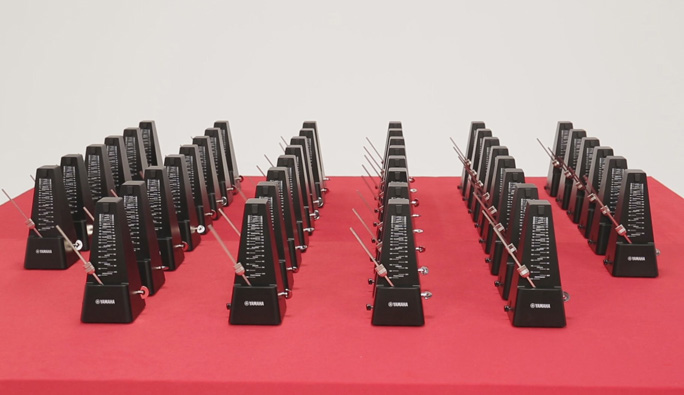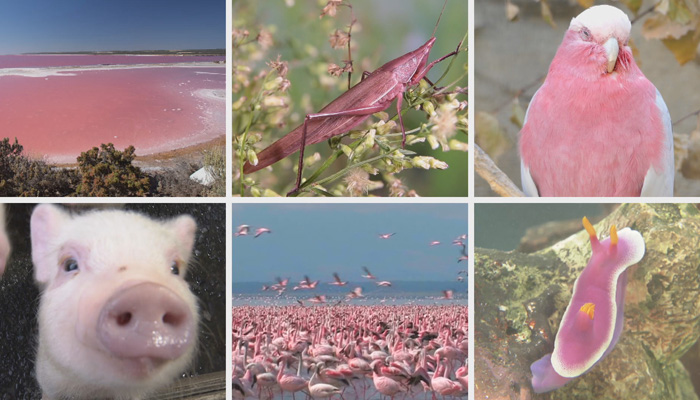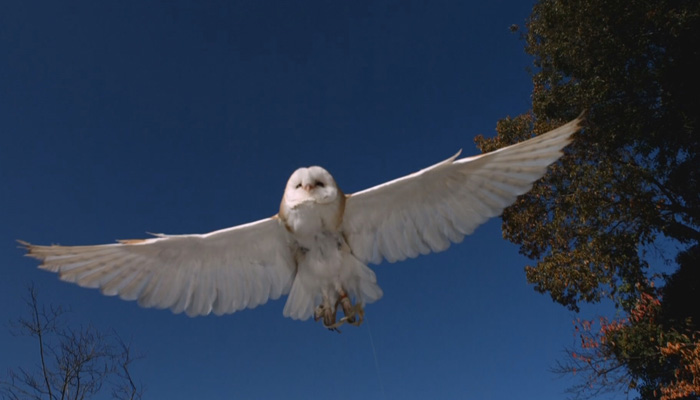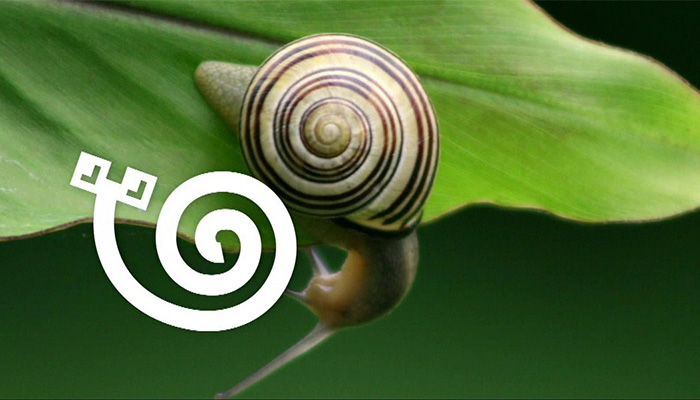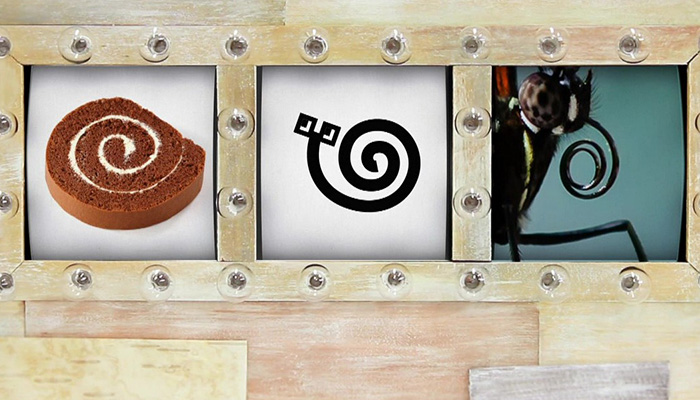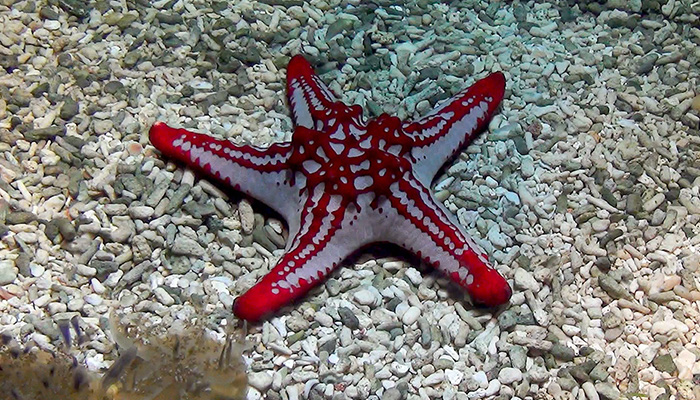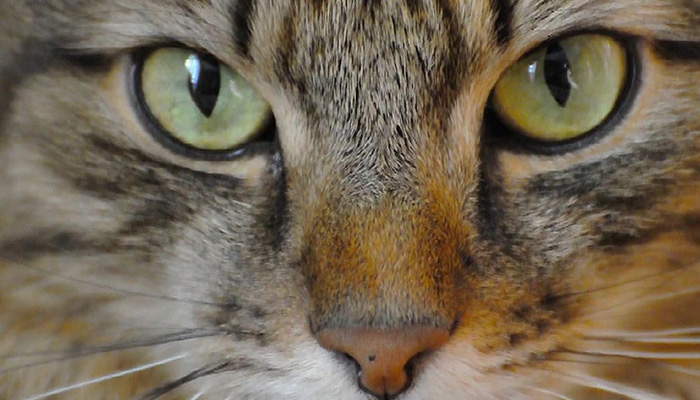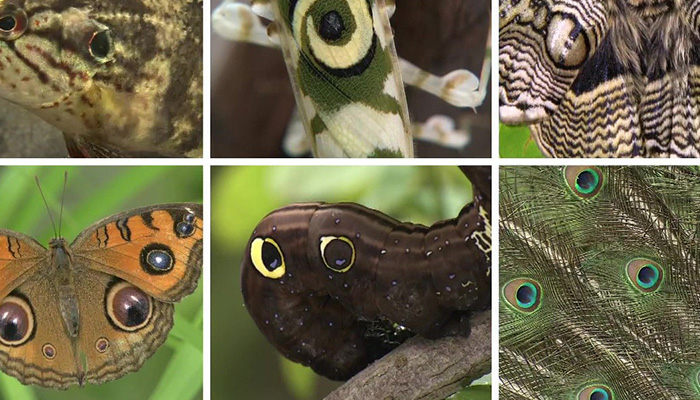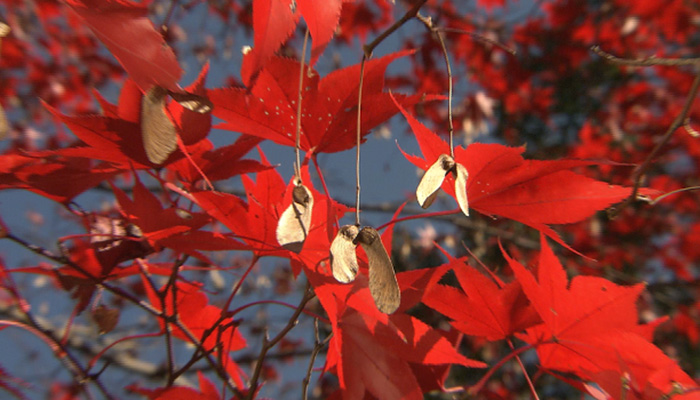- Home
- Program Catalog
- Education
- Science
- Mimicries
Mimicriesミミクリーズ
- 25 x 10 min.
- EED1S032-001~025
- English, Spanish, French, Arabic, M/E, HD
©NHK (Japan Broadcasting Corporation)
What do a snail and a typhoon have in common? A swirl. That’s just one example of “mimicries,” or close resemblances in appearance or action. The natural world is full of them. So let’s hunt for these similarities! Are they a matter of shape? Patterns? Behaviors? Why do they occur? Are they really so similar? If we observe and think about commonalities, differences, and natural laws, we realize that there are similar mechanisms at work. Searching out these similarities in the natural world, Mimicries provokes in its target audience (children between the ages of 3 and 7) both amazement at natural wonders and a desire for knowledge, stimulating the powers of observation and imagination that are so essential to fostering the scientific spirit.

